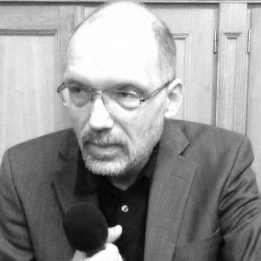Poland’s headline inflation (CPI) reading dropped in May more than analysts expected to reach 13% year-on-year, according to provisional data released by Statistics Poland (GUS), a state agency, on Wednesday. That was down from 14.7% last month and the lowest level since April 2022.
The reading marks the third consecutive month that annual inflation has dropped after reaching a 25-year high of 18.4% in February. This was also the fifth month in a row that the reading was below market expectations, with analysts having forecast a figure of 13.2% for May.

The preliminary data suggest that the slowdown in inflation may have been driven by a drop in fuel prices, which were rising strongly in April last year following the outbreak of war in Ukraine.
GUS says that fuel prices fell by 9.5% year-on-year this month. At the same time, however, energy prices surged by 20.4% and food prices rose by 18.9%.
On a month-on-month basis, inflation in Poland was stagnant, although fuel and energy costs fell by 4.8% and 0.5% respectively. Food, however, was 0.6% more expensive in May than in April.
Spadek inflacji bazowej to ewidentna poprawa również w kontekście rozpędu cen. Zwracamy jednak uwagę, że pojawia się ona regularnie co 4 miesiące (wykres) i jakaś runda dostosowania cen bazowych (turystyka, restauracje, loty) nadal przed nami. Górka jednak już była. pic.twitter.com/Uiv4CFrFjY
— mBank Research (@mbank_research) May 31, 2023
Analysts at the Polish Economic Institute (PIE) say they expect single-digit inflation readings by October. The last time inflation was below 10% was in February 2022.
PIE estimates that, in addition to the fall in fuel prices, lower fertiliser prices, which have returned to mid-2021 levels after peaking in 2022, would help bring down inflation.
However, while the fall to single-digit levels “will be rapid, further deceleration of inflation to the NBP target will be slower”, added the analysis. Poland’s central bank, the National Bank of Poland (NBP), has an inflation target of 2.5% plus or minus one percentage point.
Moreover, although core inflation – a measure that excludes the most volatile prices, such as fuel and food – has now begun to fall from its recent peak, PIE expects that it “will remain high for longer and we will not experience favourable statistical effects next year”.
Spadkowi inflacji do jednocyfrowych poziomów będą pomagać też niższe ceny nawozów – ta część dezinflacji będzie szybka. Dalsze hamowanie CPI będzie wolniejsze. Inflacja bazowa pozostanie wysoka na dłużej, a w przyszłym roku nie doświadczymy korzystnych efektów statystycznych. pic.twitter.com/deL7kSh6ew
— Polski Instytut Ekonomiczny (@PIE_NET_PL) May 31, 2023
Main image credit: Christian Naccarato / Pexels

Alicja Ptak is deputy editor-in-chief of Notes from Poland and a multimedia journalist. She has written for Clean Energy Wire and The Times, and she hosts her own podcast, The Warsaw Wire, on Poland’s economy and energy sector. She previously worked for Reuters.




















